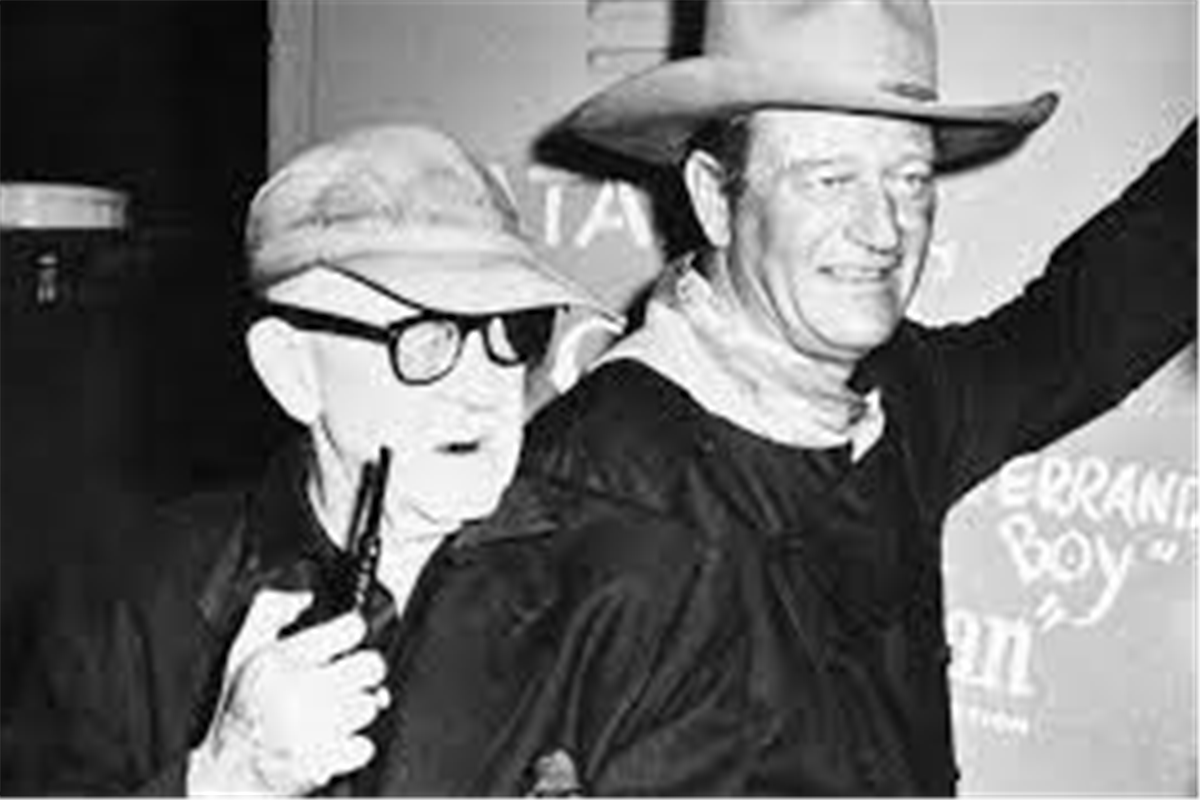John Ford’s classic western, Stagecoach(1939), proved to be seminal on many counts , most of all for the birth of a movie icon named John Wayne.
‘When in doubt, make a western’
John Ford (1894 – 1973)
John Ford is considered the greatest American director ever. He is also the greatest director of Westerns. His “Stagecoach” released in 1939 was a trendsetting film on so many levels. It did to the genre of Western , what Coppola’s The Godfather did to the Gangster film or George Lucas’s Star Wars did to Sci-Fi; that’s to elevate a genre that was not considered prestigious, to a genuine art form. At that time, Westerns were considered a B movie genre and not many people were interested in spending too much money making them . So Ford had a hard time putting together financing for the picture. Even more problematic was the casting of then unknown B movie actor John Wayne in the lead role of Ringo Kid . After facing considerable odds , Ford was able to make Stagecoach the way he wanted, with Wayne in the lead role . Post Stagecoach, The Western will become the preeminent American film Genre of its time and Wayne its biggest star. John Ford and John Wayne would go on to become the most formidable director-actor combo in movie history, spawning 14 major films.

“Stagecoach” follows the general template of a group of disparate characters being thrown into a crisis situation and how they come together to surmount the odds and emerge triumphant at the end. It will be more accurate to say that this is the film that set the template for this sort of movie. The titular Stagecoach, that is travelling from Tonto (Arizona Territory) to Lordsburgh , is a microcosm of the American society, consisting of both reputable and disreputable characters. The stage is populated by a group of movie archetypes rather than characters, broadly representing individual sections of the society that can be classified as ‘The whore with a heart of gold” , “The wronged outlaw”, “The drunkard”, “The crooked Businessman”, “The Gambler”, “the virtuous wife”, etc. etc. What Ford does with this template is what makes this film extraordinary. He starts out by showing these characters in their stereotypical mode, but as the film progresses , he slowly strip away the ‘Types’ . Their real ‘Character’ emerges and we see that people whom society brands as disreputable and outcasts are the ones with moral strength and courage to survive a crisis while the reputable ones are hypocritical and weak . Take the disreputable trio of Ringo(outlaw), Dallas(prostitute) and Doc Boone(drunkard). They are shunned and insulted by the other members of the Stagecoach: Dallas is literally chased out of the town by the “Law and Order League”, while Ringo is on the run from the law.
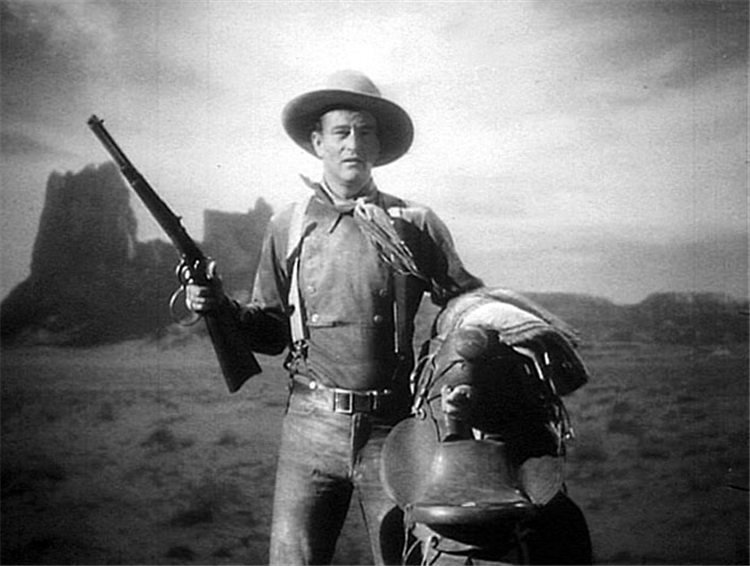
But when the first crisis arises; in the form of a pregnant women going into labor in the middle of the journey, its up to Doc Boone and Dallas to take charge of the situation and deliver the baby. The second crisis come in the form of an attack by the native Apache tribe , who are at war with their white settlers. Here, it’s Ringo who emerges the hero: First, he abandons the idea of escaping from the law as he spots the Apache trail. Then he leads the ensuing gunfight by getting on top on the stage. When the carriage-driver is wounded and unable to drive the horses, he mounts the galloping horses and speeds them up. Meanwhile, Dallas take charge of the protection of the new born baby as her mother is too weak from child birth. On the other hand, The more reputable gentleman, who had sworn earlier to protect the virtue of the women folk, are more intend on killing them rather than having them fall into hands of the natives – A theme that Ford will explore more darkly and deeply in his masterpiece, “The Searchers”. The characters who were at odds earlier find common ground in these crisis situations and there emerges respect and empathy for each other. In the end, ‘the wife’ acknowledges the worth of the whore and the lawman helps the ‘Outlaw’ to escape unharmed.
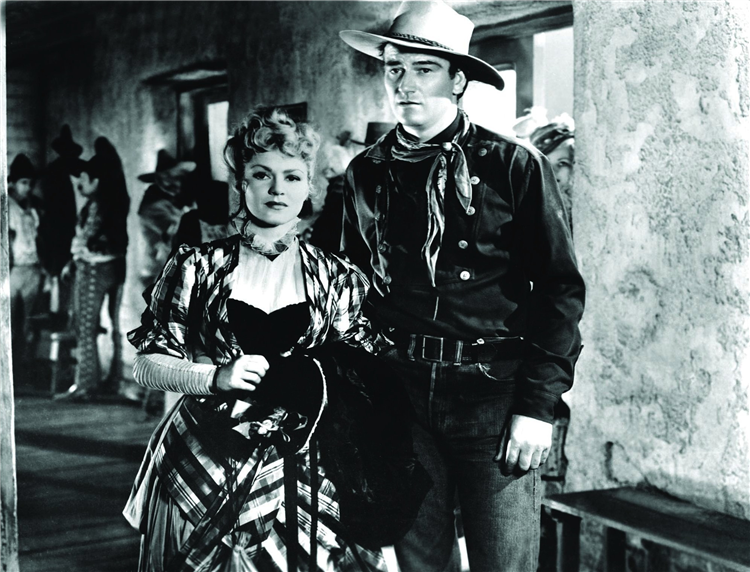
Apart from being a social allegory and human story, the film also possesses mythic overtones. In some ways , the journey and character arc of Wayne’s Ringo reminds one of Odysseus (or Ulysses ) in Homer’s Odyssey . Homer’s epic details Odysseus’ travails as he tries to return home after the Trojan War and reassert his place as rightful king of his homeland Ithaca- where his virtuous wife Penelope and son Telemachus are desperately waiting for him. Odysseus has been held up in the Trojan war for ten years. It would take him another ten years to get back home, as he will have to overcome one great obstacle after another on the way. Meanwhile in Ithaca, The Royal Palace is overrun by potential suitors of Penelope demanding that she choose one among them as her husband, as they believe that Odysseus is never going to return , Odysseus finally manages to reach Ithaca, defeat the enemies and become king again.
In the film you could see that Ringo’s character stages closely mirrors Odysseus’ three stages in the epic – The ‘hold up’ in Troy. the journey to Ithaca. then the final battle in Ithaca where he reassert his power and regain his wife .In Ringo’s case, First there is his incarceration in prison and subsequent escape, which we only hear about. Then comes the torturous journey to Lordsburgh . But as opposed to Odysseus, Ringo does not have a wife or family waiting for him. His motivation for the journey is to first kill the “Plummers” who murdered his father and brother and then get over the border, into Mexico, where he has his own ranch (his home). At the end of the film , he manages to do both.
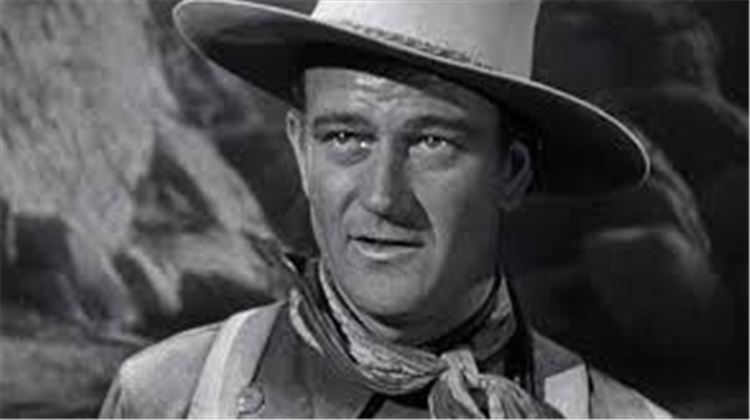
The main change in the film is regarding the ‘wife’ character. Here Ringo acquires the ‘wife’ on the journey and in drastic contrast to Penelope , she is no paragon of virtue . This is both an adaptation (From the ancient myth to the more modern western setting) and subversion of the myth. In doing so, Ford also subverts the Freudian Madonna-whore concept, which is typical of the movies, where usually a pure virtuous women- for whom the hero pines for- is contrasted with a ‘impure’, tainted women who lusts after him . Madonna, here represented by the upper class pregnant wife Lucy and the whore Dallas are co travelers in the same stagecoach. You could see Lucy’s antipathy to Dallas at every turn. But as the story progresses, we realize that Dallas is the more virtuous one , she is more compassionate, she acts as a mid wife to deliver Lucy’s baby and take care of the baby when Lucy fails to do so. Ringo falls for Dallas, not for her physical charms, but at the moment of seeing her mothering the child. He finds the Madonna in the whore, and though he is aware of her past, He proposes marriage and a promise of life together in his ranch in Mexico. By the end of the film, it is implied that they will be able to do that. In that way , it’s still a faithful recreation of Homer’s epic, only that its adapted to suit more morally complex times .

John Ford hated intellectualizing about his films. He loved making films but hated talking about them. He always insisted that films should be straight and linear. But that was all more of a façade. All his films are so rich in detail, so layered with subtexts that one can go digging again and again and return with riches, But they are well camouflaged by his cinematic technique which appears very simple and straightforward. By now, its part of history that “Stagecoach” made a star out of John Wayne. Watching the movie, you can see what made Ford choose him for the role and why Wayne went on to become such a big star. There is, of course, the physicality: Tall and lean, which was perfect for playing the larger than life hero. He was 32 when this film was released and he had outgrown the pretty boy phase of “The Big Trail” and other earlier films. His features were fully formed and so was that voice with the majestic drawl. His body language had also become very graceful. Ford gives Wayne a grand, star-making entrance in the film which works both as a great cinematic moment and a meta moment. He is shown as the outcast , pictured with a gun in one hand and the saddle in the other, who is forcefully stopping and entering the Stagecoach, which is a representation of the civilized society. On a meta note, this is Wayne who has been stranded on his road to stardom, being forced to struggle through B movies, getting into the comfort and prestige of an A List movie, which will eventually take him to movie star immortality.
Wayne of course is great in the action scenes. the legendary Apache attack sequence being one of the greatest action scenes ever put on screen. But its in the more subdued, tender scenes that Wayne truly proves his worth. Ringo’s courtship of Dallas are the most moving moments in the film and brings out the best in Wayne. First is the dinner table sequence where Ringo treats Dallas with respect , while all others are ignoring her.
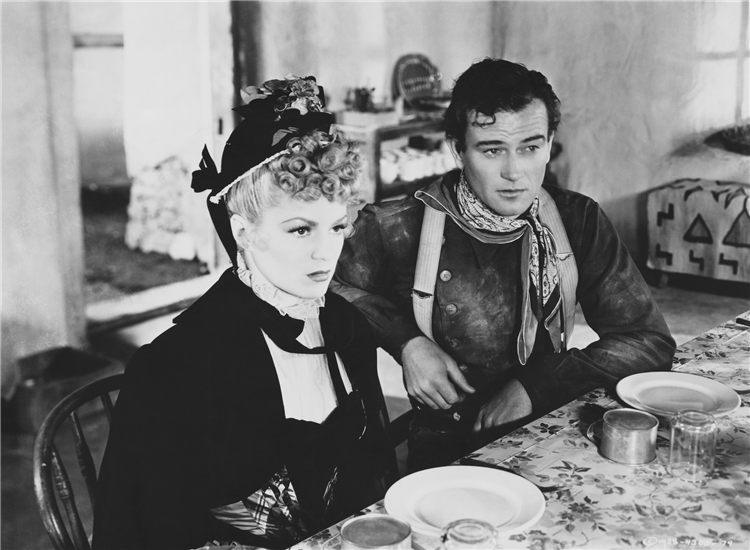
The second moment is the scene post Lucy’s child birth in “Apache wells”. Here Dallas wanders off outside the station and Wayne’s Ringo slowly follows her. The staging of these scenes are classic John Ford, the lighting, the framing, the camera moves are all classy and refined. It also shows why Wayne was perfect for Ford’s films. Nobody moves and fills Ford’s camera frame like Wayne does. This is the scene where Ringo proposes marriage to Dallas. But she rejects, due to shame of being who she is and tell him that he doesn’t know her. Wayne’s answer is ‘I know all i wanna know‘- one of the classic John Wayne line deliveries- where he lowers his voice tenderly but still puts across his point strongly, that will become his trademark: honest , sensitive yet , forceful and authoritative.

After stagecoach , John Ford predicted that Wayne will become the biggest movie star ever. His prediction was based on his belief that Wayne embodied the quintessential everyman. Well, i believe that’s just the half of it. Wayne’s greatest virtue was that he embodied a perfect mix of everyman and the mythic man and it is never more evident than in Stagecoach.
Post Views: 2,074



